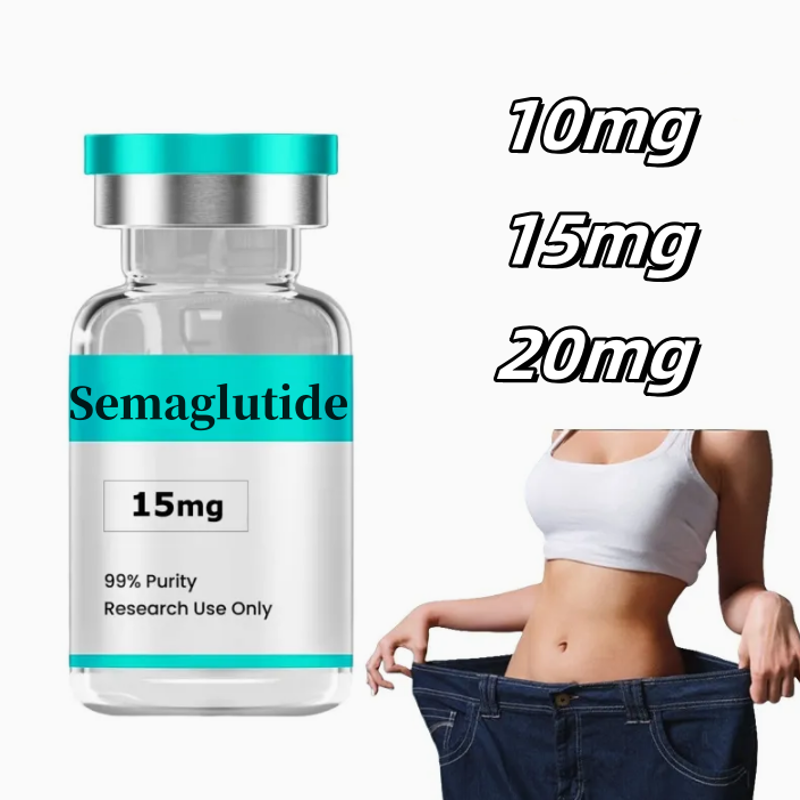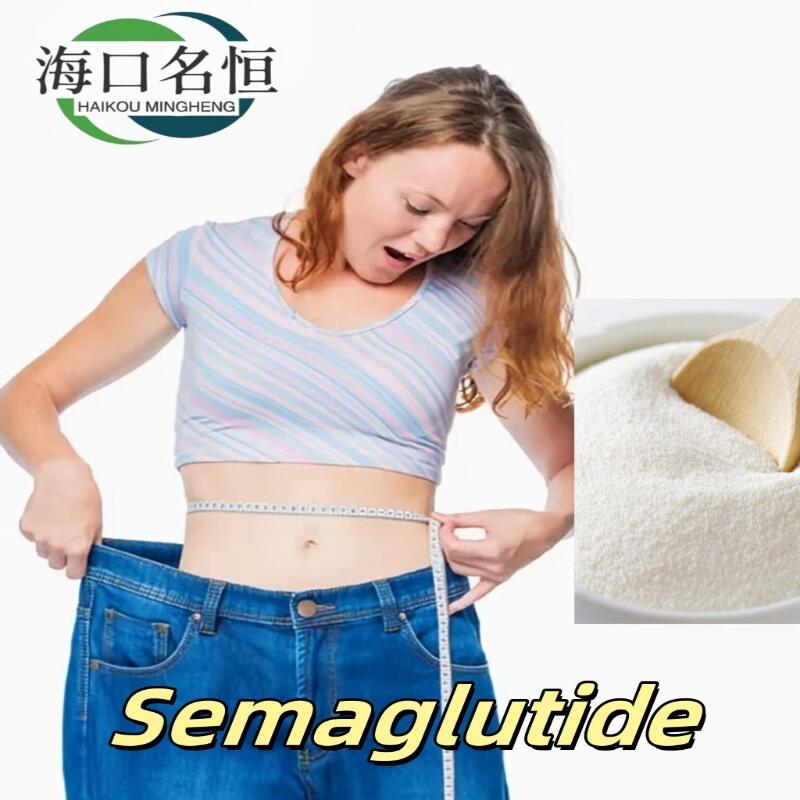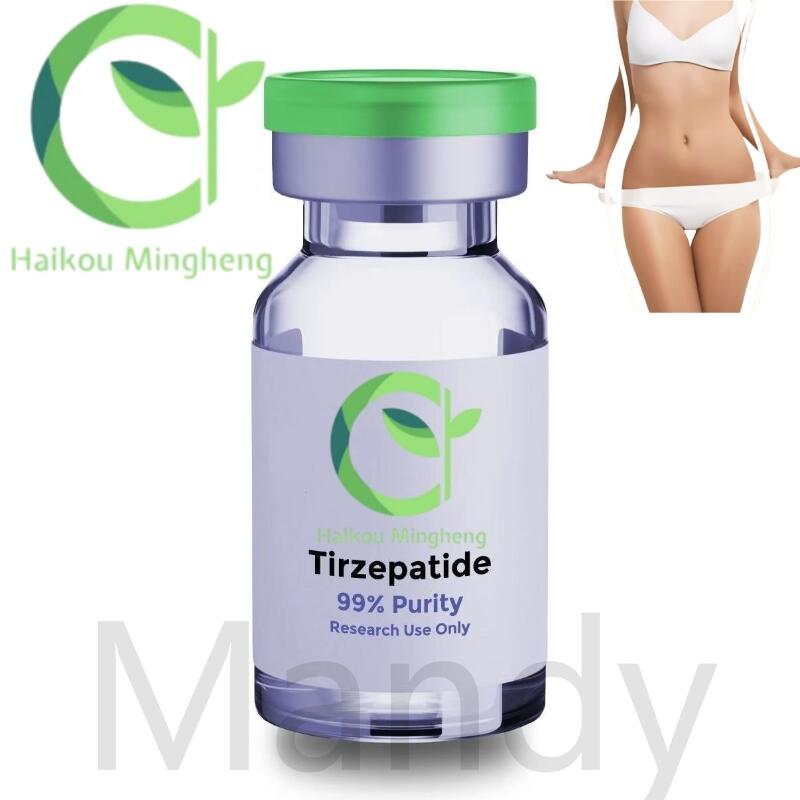Peptide - intermediate product of protein hydrolysis
-
Last Update: 2019-07-26
-
Source: Internet
-
Author: User
Search more information of high quality chemicals, good prices and reliable suppliers, visit
www.echemi.com
Protein is the material basis of all life, and its component basis is amino acid Peptide is the intermediate product of protein hydrolysis Peptide bond is also the substance connecting amino acids in protein Peptide and protein have thousands of connections To understand peptides, we need to know more about proteins Generally, from the number of amino acids, the peptide formed by less than 10 amino acid molecules is called oligopeptide Among them, the peptides formed by two amino acid molecules are called dipeptides, and the corresponding tripeptides, tetrapeptides, pentapeptides, etc Peptides formed by 10-50 amino acids are generally called polypeptides, but there is no clear distinction between oligopeptides and polypeptides Taking insulin containing 51 amino acid residues as the standard, the polypeptides composed of 51 or more amino acid residues become proteins; however, there is no clear division standard between polypeptides and proteins Peptide and protein structure
Because peptide and protein are all made of amino acid monomers connected by peptide bond, peptide can be considered as the segment obtained from protein hydrolysis in many cases, and protein can also be considered as a complex spatial polymer with large polypeptide chain or multiple polypeptide chains Therefore, when we talk about molecular structure, we will explain peptide and protein together without making a separate distinction
1 Primary structure of peptide and protein The primary structure of peptides and proteins refers to the number and sequence of amino acid residues in the peptide chain Due to the relationship between the positions of amino acid residues, a series of forces between the residues and groups determine the spatial conformation of peptide chain Therefore, the primary structure is the basis of the molecular structure of peptides and proteins, which contains all the information of proteins, and also determines the complex and changeable biological functions of peptides and proteins
2 Secondary structure of peptide and protein Under the action of hydrogen bond formed between non side chain groups of amino acid residues, the spatial conformation formed by the regular folding and winding of the main chain of peptide chain on the basis of the primary structure is called the secondary structure It should be noted that the secondary structure only refers to the local spatial arrangement of the main chain, not the side chain structure (see the figure below) the common secondary structures of peptide chain are α - helix, β - fold, β - angle, etc The secondary structure of the polypeptide has an effect on the physical properties and biological activities such as solubility and adsorption It is necessary to study the stereochemistry of functional peptides with certain spatial structure
3 Super secondary structure and domain For small peptides with less amino acid residues, it is impossible to form more complex spatial structure like the long peptide chain of protein Therefore, starting from the super secondary structure, we focus more on macropeptides and proteins Super secondary structure refers to the regular aggregation of secondary structure formed by the adjacent protein secondary structure units close to each other There are three common combinations of α, β β and β α β in super-secondary structure In larger globular protein molecules or subunits, the polypeptide chain is a three-dimensional structure formed by the association of more than two relatively independent three-dimensional entities This relatively independent and spatially recognizable three-dimensional entity is called protein domain Some proteins have different domains with relatively independent functions, and some of them can be located in the gaps of multiple domains and formed by multiple domains together
4 Tertiary structure of protein The tertiary structure of protein refers to the complex spherical molecular structure formed by the side chain group interaction based on the secondary, super secondary structure and even domain The main forces to maintain the tertiary structure are secondary bond and noncovalent bond, including ion bond, hydrogen bond, van der Waals force and hydrophobic interaction, while covalent bond such as disulfide bond and coordination bond are in the secondary position
5 The fourth structure of protein The fourth-order structure of protein refers to the macromolecular combination system formed by non covalent bond association of polypeptide chains (subunits) with specific third-order structure There are no covalent bonds such as disulfide bond and coordination bond in the force of maintaining the fourth-order structure, which is different from the force of maintaining the third-order structure.
This article is an English version of an article which is originally in the Chinese language on echemi.com and is provided for information purposes only.
This website makes no representation or warranty of any kind, either expressed or implied, as to the accuracy, completeness ownership or reliability of
the article or any translations thereof. If you have any concerns or complaints relating to the article, please send an email, providing a detailed
description of the concern or complaint, to
service@echemi.com. A staff member will contact you within 5 working days. Once verified, infringing content
will be removed immediately.







